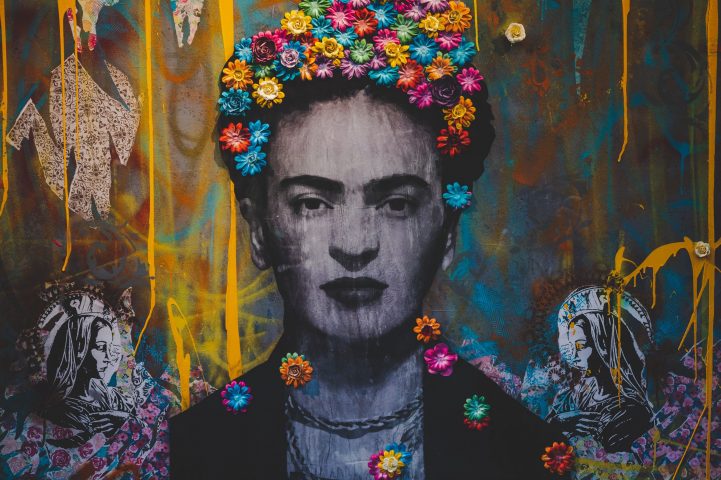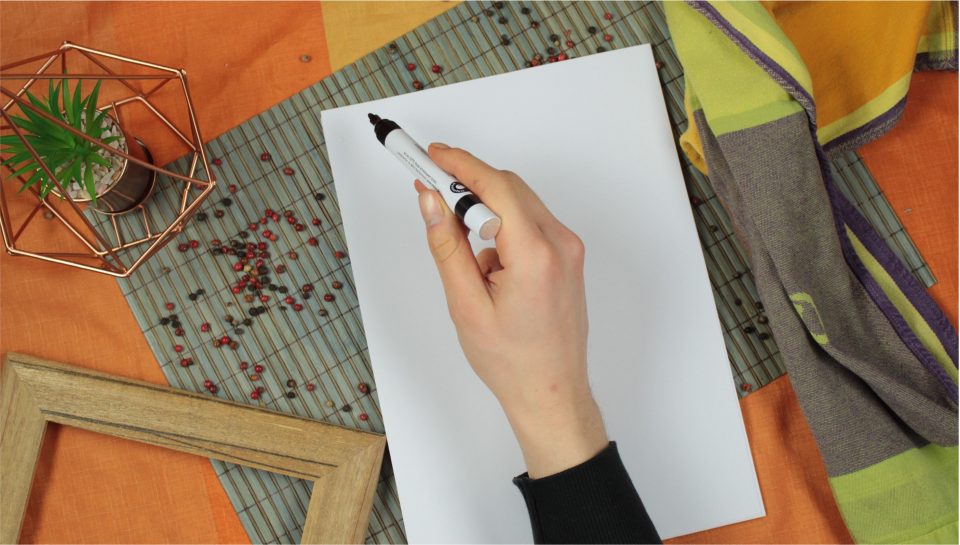The truth behind Frida Kahlo self-portraits

An emergency shelter made from cardboard
June 28, 2023
Mid-year goal setting for a great second half of the year
July 10, 2023
The Mexican artist Frida Kahlo has become one of the most famous artists of her generation. Her striking self-portraits have helped to establish her reputation as both artist and feminist icon. But what is the truth behind them?
During her lifetime, Frida Kahlo painted more than 150 works of art and more than a third of them were self-portraits.
Her art draws upon a diverse range of influences. Her paintings reference Surrealism, ancient Aztec belief, Mexican folklore, Eastern philosophy, Christian imagery and medical imagery. Many of them – including her self-portraits – delve into taboo-breaking subject matter, confronting her sense of self, the frailty of the human body, life, birth, love and death.
The life of Frida Kahlo
During her career, Frida Kahlo painted 55 self-portraits, many of which are deeply emotionally charged. In her paintings, Frida frequently references her accident on September 17, 1925, when – at the age of eighteen – she was involved in a bus crash. The bus she was travelling on turned a corner and slammed into an electric trolley car traveling at full speed.
Frida was left with serious damage to her spine and was confined to bed for many months while she recovered. While bed bound, Frida began painting in earnest. The pain she experienced seeps into much of her work.
Pain of a different kind is reflected in many of her self-portraits; the pain she endured during her marriage to the famous Mexican artist Diego Rivera. He had many affairs, including with Frida’s own sister. Frida’s inability to bear children also features heavily in her work.
The artist herself said, “I had two great accidents in my life. One was the train. One was Diego. Diego was by far the worst.”
Frida Kahlo’s self-portraits
In her self-portraits, Frida looks out directly at the viewer – fierce and challenging.
One of her most famous self-portraits is Self-Portrait with Thorn Necklace and Hummingbird (1940). It draws on many of the references that characterize her work. In it, Frida stares stoically out despite the pain.
Another haunting image is the 1932 work Henry Ford Hospital. Painted when the couple were living in the USA, Frida painted this self-portrait as a depiction of her recovery following a miscarriage.
The Broken Column (1944) presents a tragic glimpse at the ramifications of Frida’s accident. She is shown after spinal surgery with her body pierced with nails against a barren background and a looming, stormy sky.
Her last work was also a self-portrait. Frida in Flames (1954) is a harrowing image of bright intensity. Shortly before her death, Frida slashed at the self-portrait with a knife. A BBC review of a collection of her work commented, “There is something tremendously poignant in an artist so well-known for crafting their own image using their final creative act to deliberately destroy that image. Even in obliterating herself, Kahlo made her work speak loudly to us.”
What next?
Find more information about artists and their creative lives on our blog:
- Folded with a kiss: Sensuous origami artworks
- How NFTs are changing artists’ lives
- Interview with comic book illustrator António Jorge Gonçalves
- Paper wonders with Frank Lloyd Wright
- Pablo Picasso, a creative genius



